MASH Diagnosis
How does my doctor determine if I have NAFLD or NASH?
Because most people with NAFLD have no symptoms and screening for it is not recommended at this time, fatty liver disease is often discovered during a routine blood test or screening for another medical condition. For example, your blood work may show high levels of liver enzymes, or an ultrasound of your abdomen might reveal that your liver looks enlarged. Your doctor will use a variety of methods to determine if you have fatty liver disease.
Medical History
As part of the medical history, your doctor will ask:
- What medicines you take to determine whether a medicine might be causing your fatty liver.
- About your alcohol use, to determine whether the fat in your liver is a sign of alcoholic fatty liver disease or nonalcoholic fatty liver disease. Medical tests cannot show whether alcohol is the cause of fat in the liver, so it’s important to be honest with your physician.
- What your diet is like, your level of physical activity, and other lifestyle factors that can contribute to the likelihood of developing NAFLD
- If you have a history of other health conditions that make you more likely to develop NAFLD, such as type 2 diabetes, obesity, high blood pressure and high levels of fats such as triglycerides or abnormal cholesterol levels.
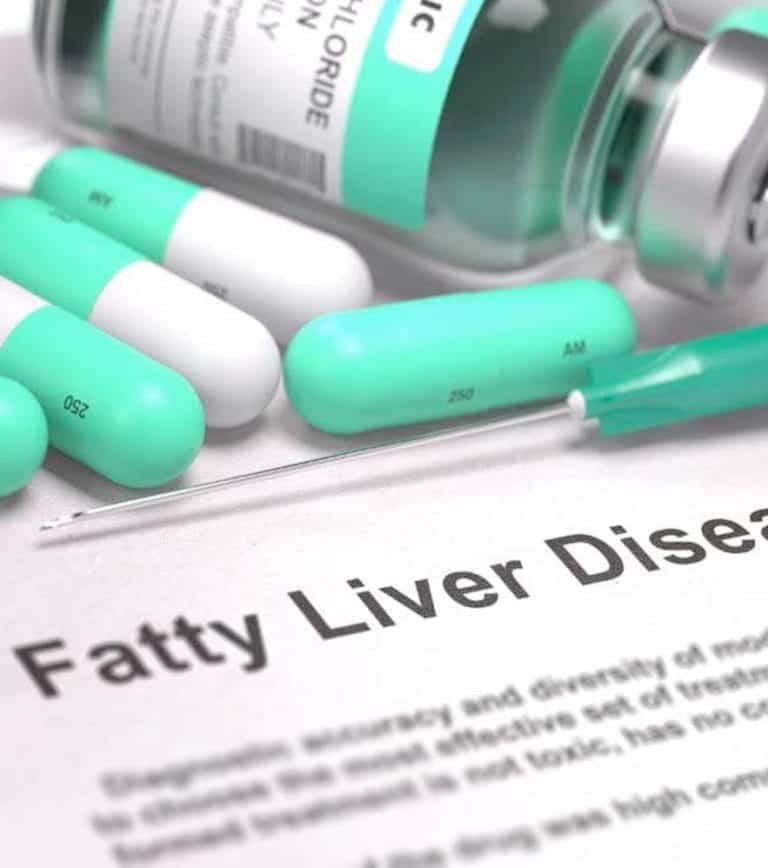



Physical Exam
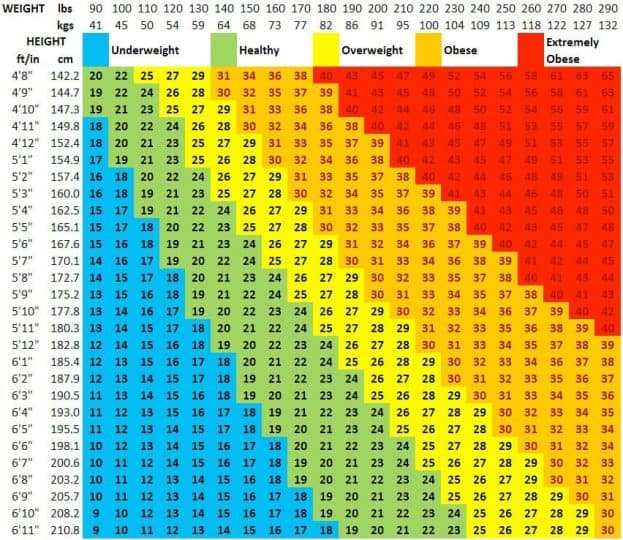
During the physical exam, you doctor will:
- Examine your body looking for signs of NAFLD or NASH such as an enlarged liver or yellowing of your skin and whites of your eyes (jaundice).
- Check your height and weight to calculate your body mass index (BMI). Your BMI estimates how much you should weigh based on your height. Refer to the chart below to see what category your BMI falls into. Most experts say that a BMI greater than 30 (obesity) is unhealthy. If you want to figure out your BMI on your own, there are many websites that calculate it for you when you enter your height and weight.
If you have more or less muscle than is normal, your BMI may not be a perfect measure of how much body fat you have. Your healthcare provider may also take your waist circumference and waist-to-hip ratio into consideration.
Blood Tests

The following blood tests will be included as part of your medical evaluation.
- Liver function tests (LFTs) or liver enzymes
These are a group of blood tests that are used to detect, evaluate, and monitor liver disease and damage.
The cells in your liver contain proteins called enzymes, which are chemicals that help the liver do its work. When liver cells are damaged or destroyed, the enzymes in the cells leak out into the blood where they can be measured by blood tests. Liver enzyme testing usually checks the blood for two main enzymes:
- ALT (alanine aminotransferase)
- AST (aspartate aminotransferase)
If your liver is damaged due to inflammation, the level of these enzymes may be higher than normal. However, ALT and AST levels do not tell you how much scarring (fibrosis) may be present in your liver or predict how much liver damage will develop. In some people with NAFLD these liver enzymes may be normal as well
- Fibrosis assessment tests
These blood tests result in a score that estimates your level of liver scarring or fibrosis. They include:- AST-to-Platelet Ratio Index (APRI) score
- Fibrosis-4 (Fib-4) score
- Lipid profile
This test measures blood fats, such as cholesterol and triglycerides.
It’s likely other blood tests will be done to rule out co-existing causes for fatty liver, including:
- Tests for chronic viral hepatitis, like hepatitis C
- Testing for other less common causes of fat in the liver including rare genetic conditions like Wilson Disease
- Hemoglobin A1C, which shows how stable your blood sugar is
Imaging Tests
Your doctor may order tests that take images, or pictures, of your liver to help make the diagnosis of liver disease. Different types of images can be obtained by using various types of equipment, including:
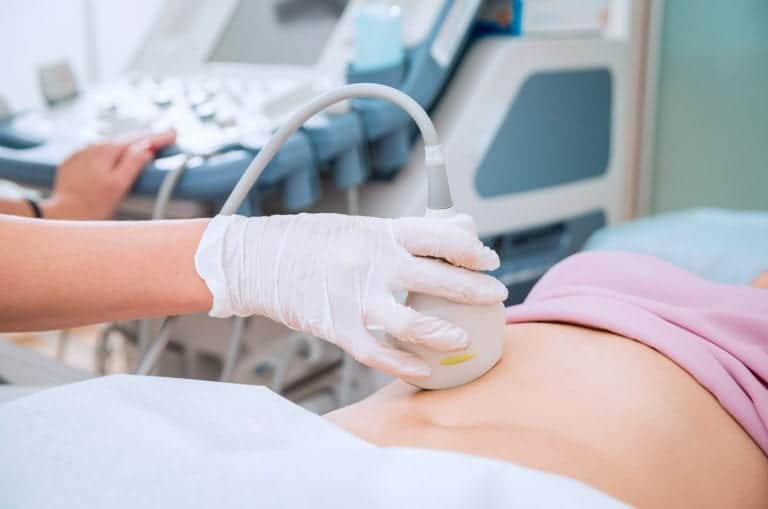
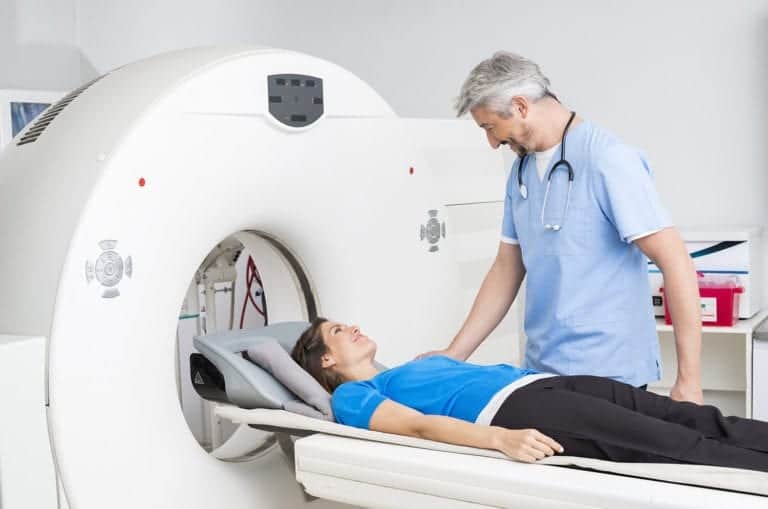
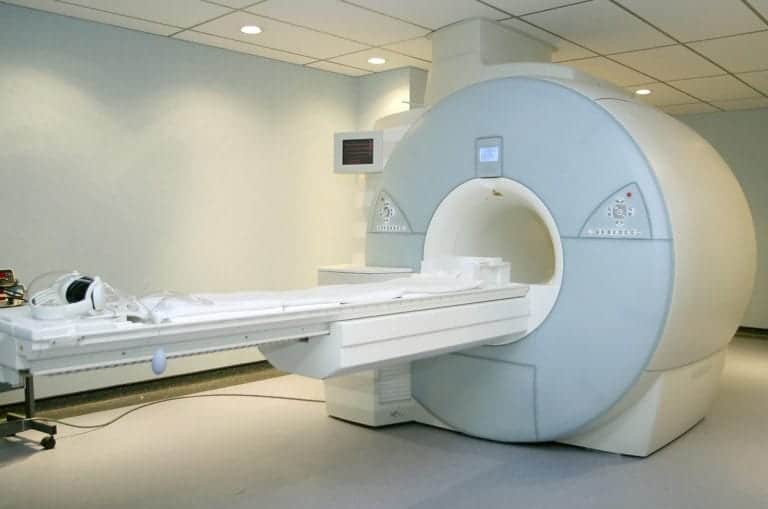
These tests cannot show inflammation or fibrosis, so your doctor can’t use them to determine whether you have simple fatty liver or NASH. However, there are other types of imaging tests that are used to measure fibrosis by measuring the stiffness of your liver. Liver stiffness indicates scarring; the more scarring that is present the stiffer your liver is. The following tests can help your doctor determine if, and to what extent, you have fibrosis of the liver.
- Transient elastography
This test measures liver stiffness with a special ultrasound machine, the most common being FibroScan. Like a regular ultrasound, the exam is painless and non-invasive. - Magnetic resonance elastography (MRE)
This is a newer, noninvasive test that combines features of ultrasound and MRI imaging to create a visual map showing gradients of stiffness throughout the liver. MRE has been shown to be a more reliable measure of liver stiffness in severely obese patients.
Liver Biopsy
If your medical evaluation shows no alternative causes for liver disease (such as medications, viral hepatitis, or excessive use of alcohol) and imaging studies of your liver show fat and liver stiffness, NASH is suspected. If your doctor feels that further confirmation is needed to make a definitive diagnosis of NASH, a liver biopsy may be ordered.
During a biopsy, your doctor will insert a needle between your ribs into your liver to collect a small sample of liver tissue for laboratory testing. NASH is diagnosed when examination of the tissue with a microscope shows fat along with inflammation and damage to liver cells. If the tissue shows fat without inflammation and damage, simple fatty liver or NAFLD is diagnosed. You can read more detailed information about preparing for a liver biopsy here.
Please call our helpline at 1-800-GO-LIVER if you have questions after speaking with your healthcare professional.
Ask your doctor to explain all your test results and their implications, and don’t hesitate to ask questions. This will help you have a better understanding of your diagnosis and why your healthcare provider is recommending a particular course of treatment going forward.
*NAFLD is newly renamed metabolic dysfunction-associated steatotic liver disease or MASLD.
*NASH has been newly renamed metabolic dysfunction associated steatohepatitis or MASH.
*Fatty liver disease is newly renamed steatotic liver disease.
Last updated on June 16th, 2025 at 09:39 am